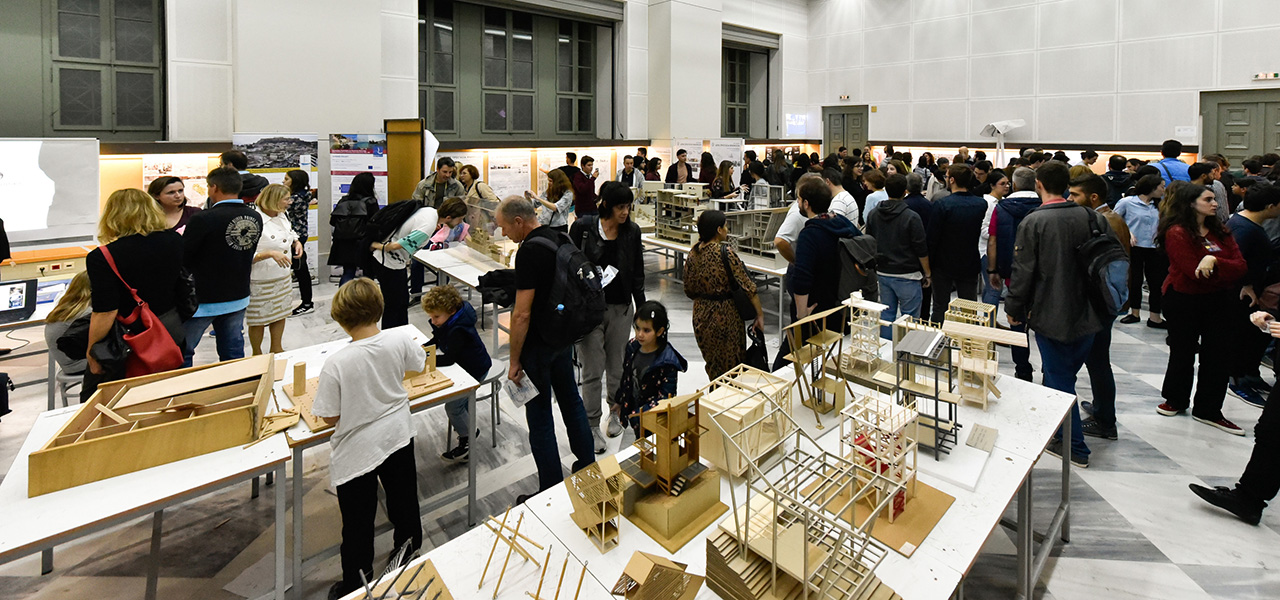Staff
The SimLab was set up in 1998 in order to support educational activities of the School of Architecture and serve the needs of specific courses of urban and architectural design for the creation of simulations and representations with the use of Digital Media.
The lab is located at the ground floor of Averof building and is equipped with 30 computers -among them two servers. All computers form part of a network; they have internet access and communicate with each other and the server.
The lab aims to provide undergraduate students of the School of Architecture with all the necessary equipment and software they need to develop their projects, prepare and present lectures and their final year project.
Other than the workstations the lab’s equipment includes:
- A4 Scanners, A4 & A3 Laser printers, Plotters, Data / Video Projectors, Video Processing Consoles.
- Software for 2d and 3d Copmputer Aided Design, 3d Modeling, Rendering, Animation, Video Editing, Image Processing, Web Design, text editing, multimedia presentations, graphic design, ,desktop publishing is also available. This includes both commercial applications (AutoCad, ArchiCad, 3D Studio Max, Rhino, Adobe CS, Ms Office) and Open source ones (Open Office, Blender, Scribus, Gimb) and students are encouraged to use them too.
Research in the lab is focusing in such areas as digital representations of buildings navigation-exploration of digital environments, cognition-perception of digital spaces in relation to digital light.
Currently the lab supports 2 undergraduate courses:
- Special Design Topics (8th semester): tree dimensional representation of a building – study of the structure (space, materiality, light)
- Special Design Topics (9th semester): Motion and Architecture – Architectural Promenades in Digital Space
Other than the courses there are seminars (in the form of tutorials for specific applications) taking place periodically, lasting from 2 to 6 weeks.

